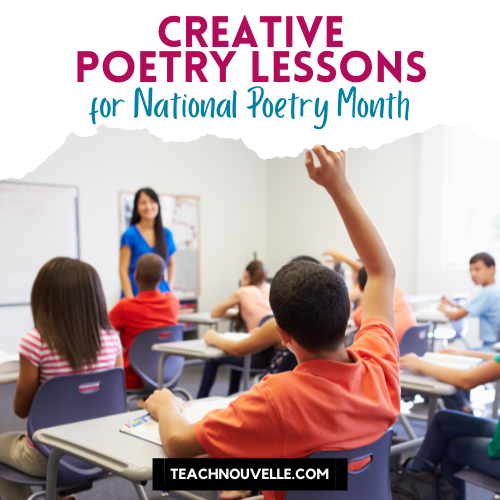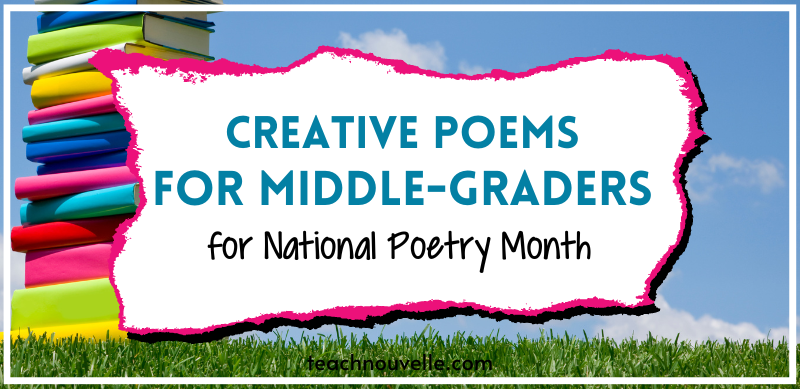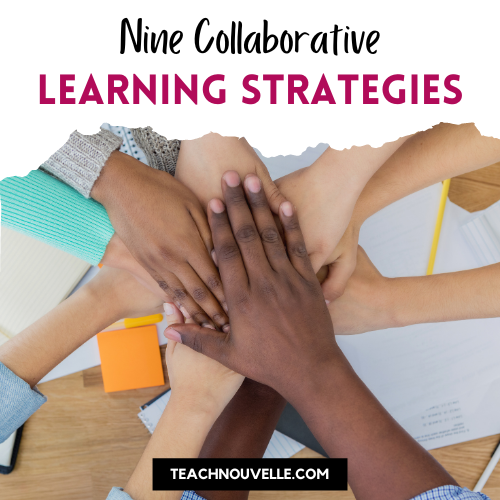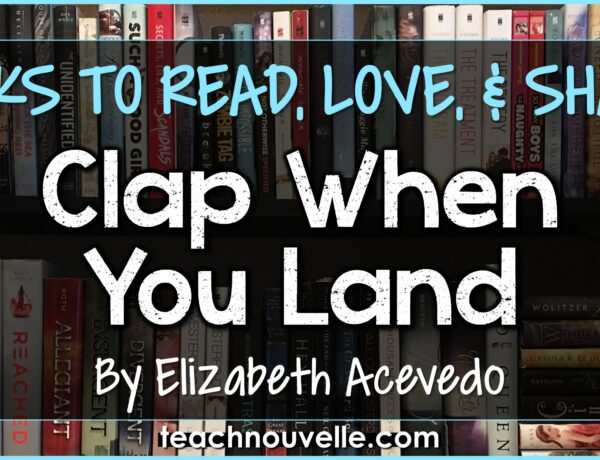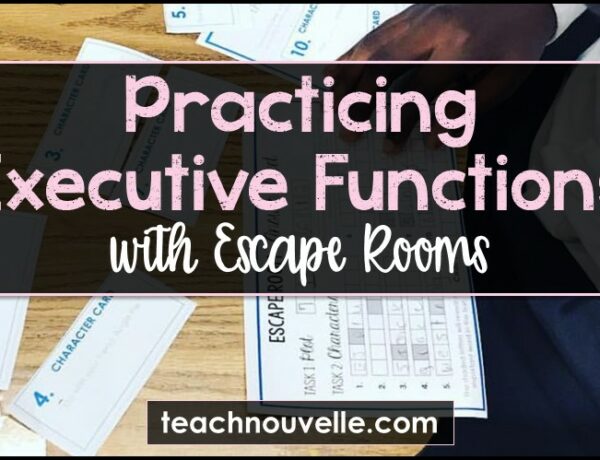Bring poetry month lessons to the classroom this April (aka National Poetry Month)! We specifically chose these 13 meaningful poems to appeal to middle-grade students.
April is the month we celebrate poetry and verse. What better way to introduce middle graders to the joys of lyrical expression than with 13 purposefully selected poems? From repetition to thematic analysis, these lesson ideas will help students discover the wonders of poetry.
Note: I used the WONDERFUL resource, CommonLit, to find these inclusive middle-grade poems. My district pays for the full CommonLit version, but the free version is incredibly beneficial as well.
Poetry Month Lesson on SYMBOLISM

"Peaches" by Adrienne Su

"two braids" by Rosanna Deerchild
Use bell ringers as a daily poetry month lesson to help your students love poetry! Try out this $1 sample resource or buy the whole bundle.
Poetry Month Lesson on REPETITION

"We Real Cool" by Gwendolyn Brooks

"We are Wise" by Zetta Elliott

"We Can't Breathe" by Zetta Elliott
Poetry Month Lesson on a GOLDEN SHOVEL
A “golden shovel” poem uses a line from one inspirational poem and uses it in a new poem. In the two poems selected below, “Jabari Unmasked” ends each line to complete the first stanza of Dunbar’s poem within her own. SO technically beautiful!

"We Wear the Mask" by Paul Laurence Dunbar
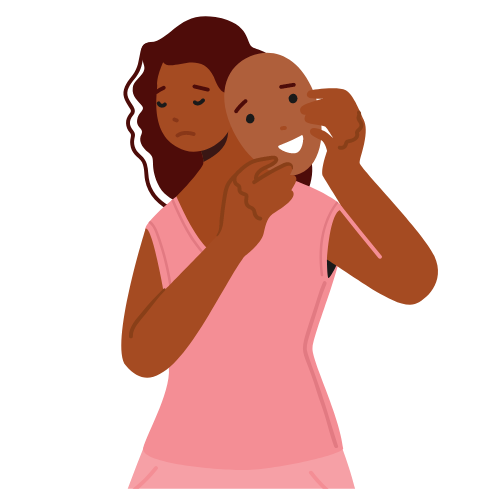
"Jabari Unmasked" by Nikki Grimes
Poetry Month Lesson on WORD CHOICE

"Rez Road" by Joseph Bruchac
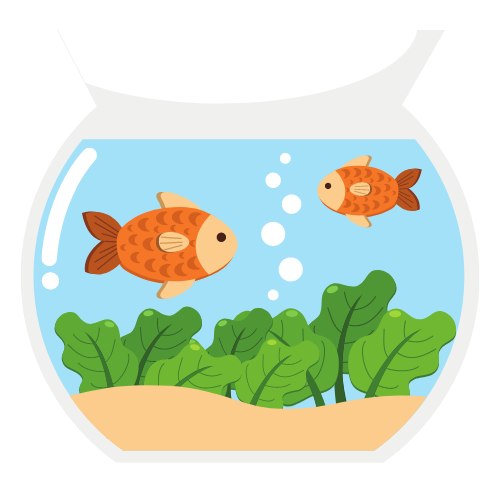
"(love song, with two goldfish)" by Grace Chua
Looking to add some ✨spice✨ to your poetry unit? My students LOVE escape rooms, and this poetry escape room review made their learning fun and interactive. Here is a version for 4th-6th graders and a blog post sharing ideas on how to implement it!
Poetry Month Lesson on FIGURATIVE LANGUAGE
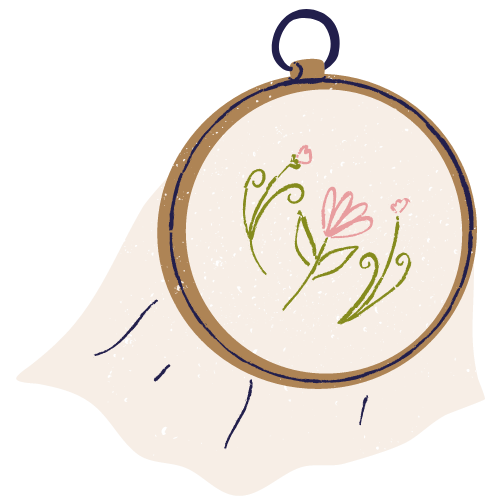
"La Visita" by Margarita Engle

"The Border: A Double Sonnet" by Alberto Ríos
Need ideas for how to teach poetry analysis? Here are three effective strategies!
Poetry Month Lesson on THEME
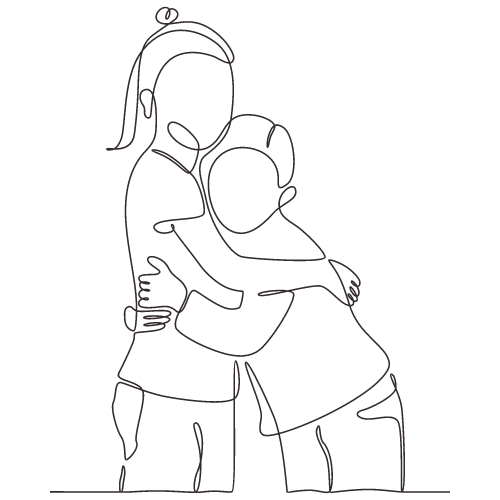
"Little Sister" by Tasha Spillett

"Joint Custody" by Ada Limón
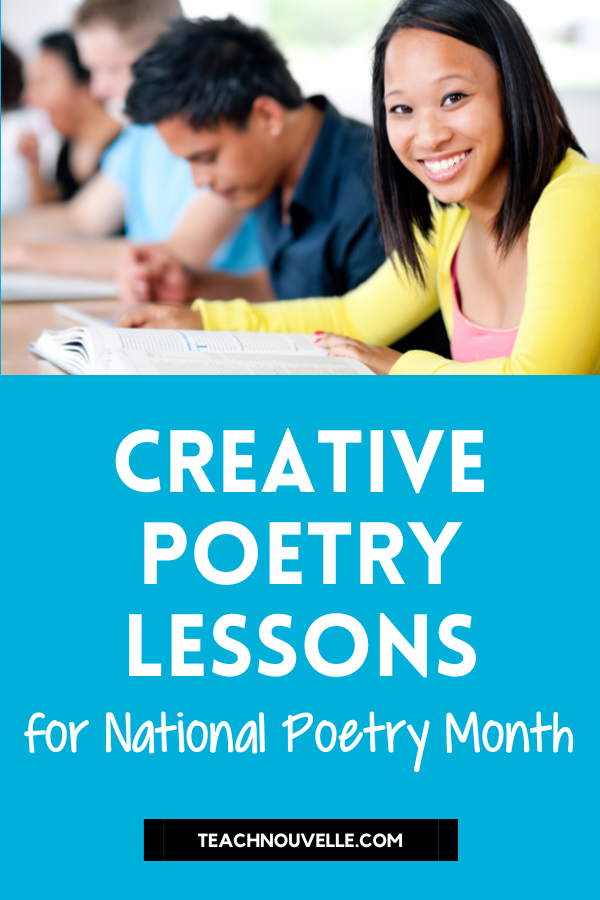
Closing Comments
Teaching poetry to middle school students can be a challenging task. With these 13 ideas for poetry month lessons, you can make the learning process engaging and fun for your students.
By focusing on essential elements of poetry, such as
✨ word choice,
✨ figurative language,
✨ repetition,
✨ theme,
✨ and symbolism,
you can help your students develop a deeper understanding and appreciation of poetry.
Encourage students to write their own poems and share them with their classmates! In doing so, you can create a supportive and inclusive learning environment that promotes creativity and self-expression.
Overall, incorporating these poetry month lessons into your ELA curriculum can enrich students’ literary education and provide them with valuable skills that they can use in all areas of their lives.

